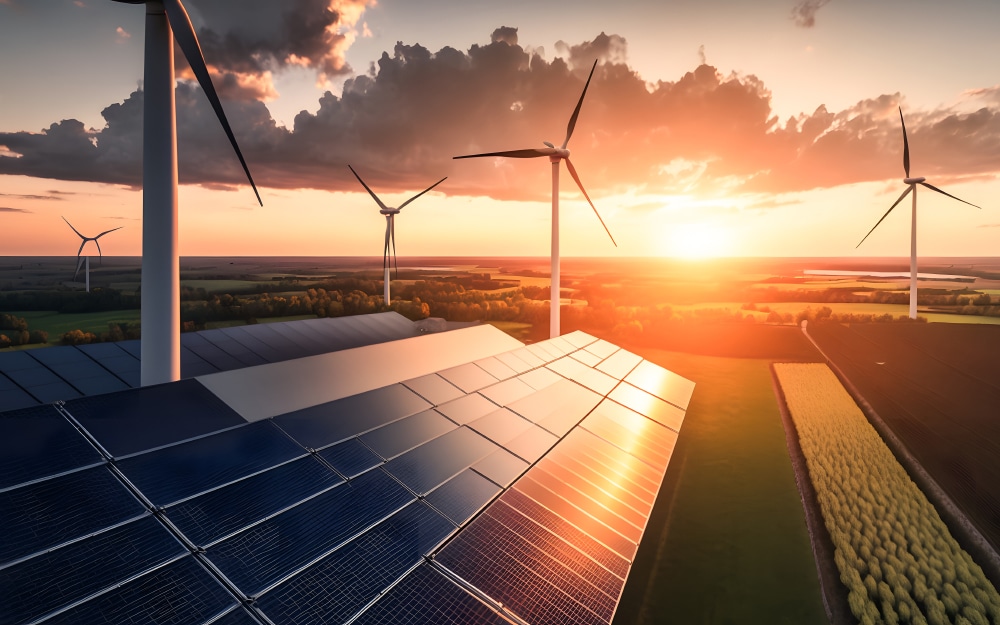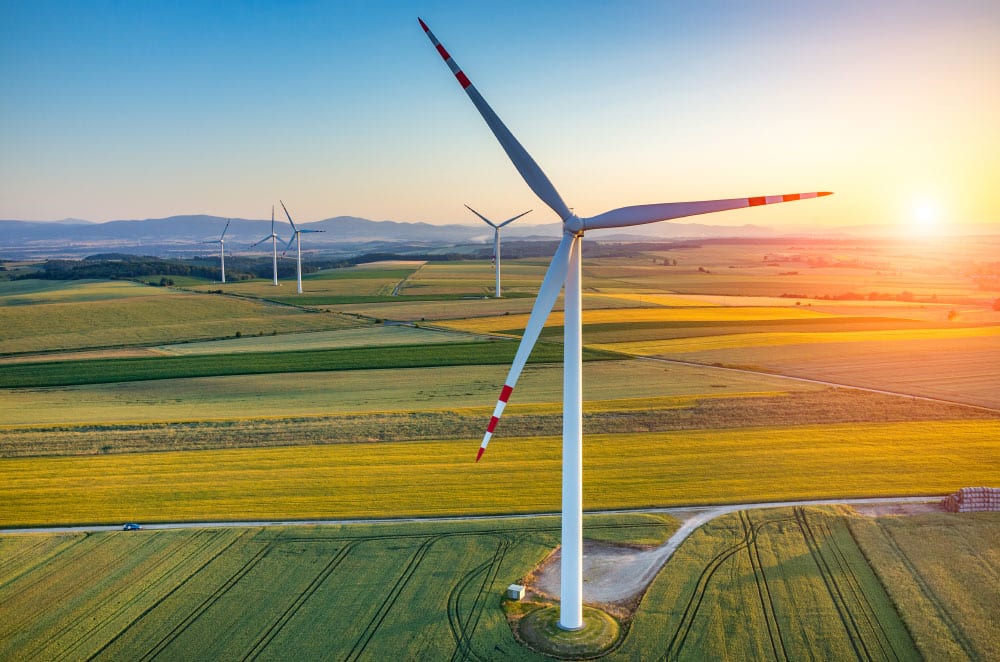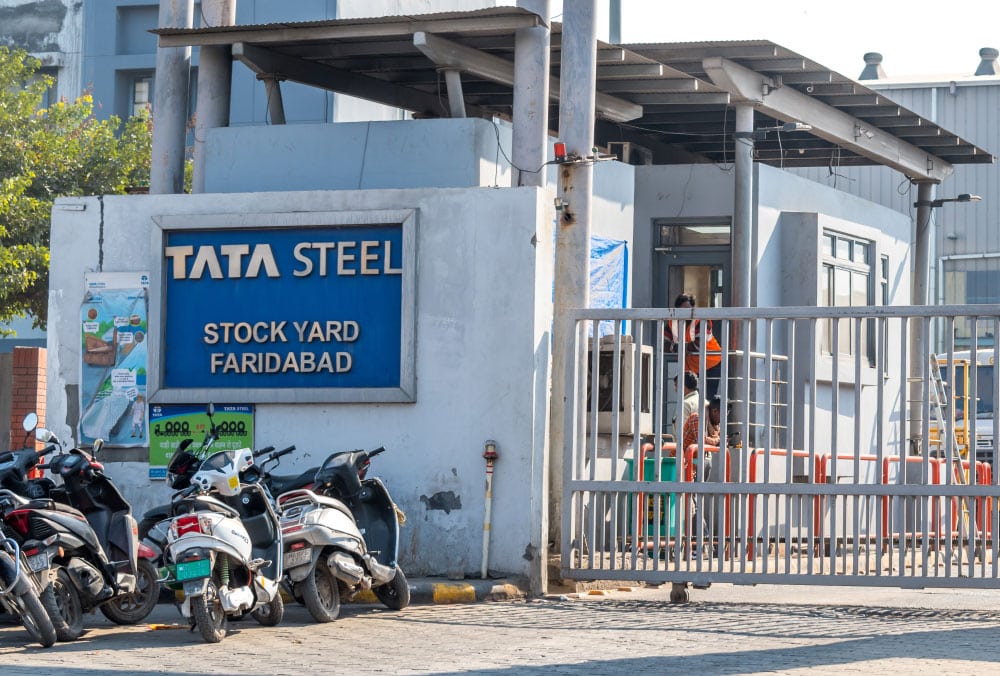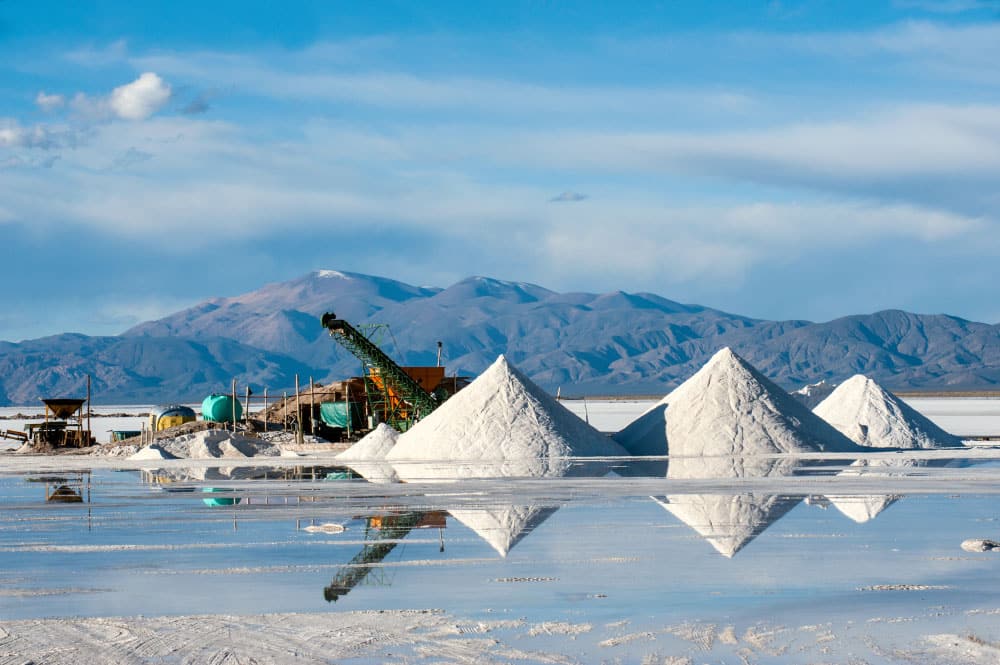The Renewables MMI (Monthly Metals Index) saw little movement month-over-month. The index held sideways and only dropped a mere 0.12%, just narrowly missing trading flat. Moreover, the main factor which pushed the index sideways instead of down (according to renewable energy news) was cobalt rallying. It’s the first significant price rise cobalt has seen since […]
Category: Green
Demand for Copper Tempered by Innovations in the EV Market
Two firms, Goldman Sachs & Consultancy CRU Group, recently revised their forecasts for copper usage in electric vehicles (EVs). Indeed CRU Group now predicts that the average EV will use between 51-56 kilograms of copper from this year to 2030. This is a significant decrease from their previous estimate of 65-66 kilograms. Similarly, Goldman Sachs predicts […]
Renewables/GOES MMI: Index Rises Slightly, U.S. Short on EV Charging Stations
The Renewables MMI (Monthly Metals Index) continued to edge sideways, this time rising by just 2.64%. Cobalt and neodymium rising in price contributed the most to the index’s upward movement. This occurred despite massive oversupplies of cobalt, which is crucial to utilizing renewable energy sources like EV batteries. Meanwhile, grain-oriented electrical steel dropped month-over-month, with […]
New Michigan Aluminum Plant to Go Live in Fall 2023
In the past, I’ve had the pleasure of interviewing associates of Hydro, a Norwegian company specializing in low-carbon and recycled aluminum products. Getting their insight into the aluminum industry provided MetalMiner and our readers with valuable industry information. For instance, we’ve learned about Russian metal sanctions, how low-carbon aluminum prices compared to those of regular […]
Experts Anticipate Long-Term Volatility in the Lithium Market
Lithium, a crucial component in electric vehicles (EVs), seems to be the metal of the season. Indeed, over the past month, the market has seen loads of fresh developments around lithium pricing. Lithium mining and lithium battery usage have also been effected. Moreover, sector experts anticipate that lithium prices will continue to be volatile over […]
Renewables/GOES MMI: Summer to Test Power Grid, Global Hunt for Transformers Continues
The Renewables MMI (Monthly Metals Index) dropped again this month, this time by 6.01%. Month-over-month, every part of the index fell except for U.S. plate steel. Somewhat weaker steel demand impacted Korean and Chinese steel plate prices, causing them to drop. Meanwhile, cobalt and silicon continued to fall due to oversupply. That said, the long-term […]
Tata Steel Trials Injecting Hydrogen Gas into Blast Furnace to Cut Carbon Emissions
India’s steel giant, Tata Steel, recently announced it had successful injected hydrogen into one of its blast furnaces. Many tout it as the world’s first such experiment by a steelmaker on so vast a scale. The goal of such a process is to potentially reduce carbon dioxide emissions by replacing up to 20% of the […]
The Good, the Bad, and the Ugly of Cobalt
The cobalt price index fell below $26,000 per tonne as of April 2023, its lowest level since 2019. Indeed, while cobalt demand remains largely steady, there has been a significant increase in supply. Meanwhile, analysts expect the demand for refined cobalt, frequently used in rechargeable batteries, to increase by 8% to 205,000 tonnes by 2023. […]
Chile’s Nationalization of the Lithium Industry Could Impact Lithium Prices
In the 1960s, revolutionary and often left-wing populists took control of foreign mining company assets “for the people” through “resource nationalism.” They proceeded to destroy inherent values and even plundered coffers to use for corrupt ends. Some nationalization efforts, like Chile’s, ended in the formation of Codelco, a world-class mining entity. However, far too many others did […]
Australia on Track to Earn as Much for Lithium as Thermal Coal
Australia is on the brink of a significant accomplishment in the worldwide transition from fossil fuels to renewable energy sources. Within the next five years, the country projects it will generate as much revenue from exporting lithium, a crucial mineral in battery technology, as it presently does from thermal coal. This news is even more […]











